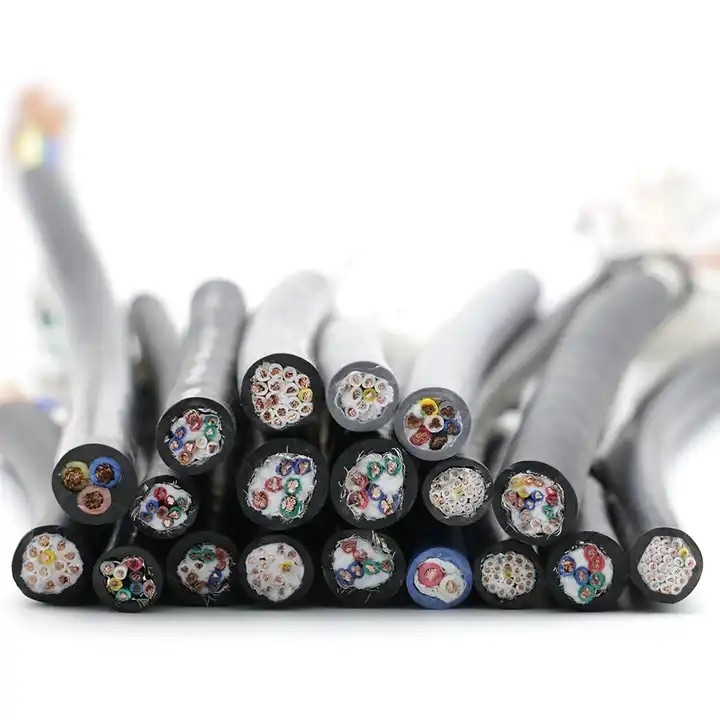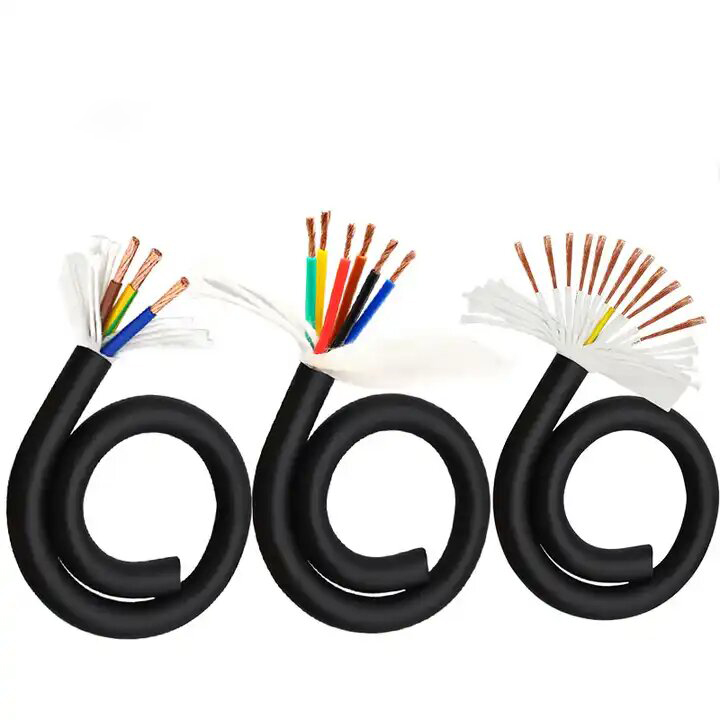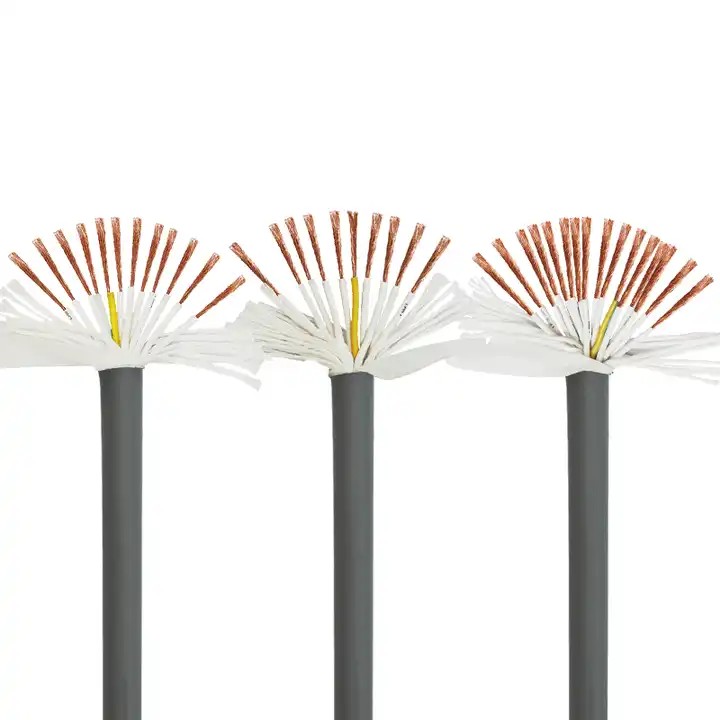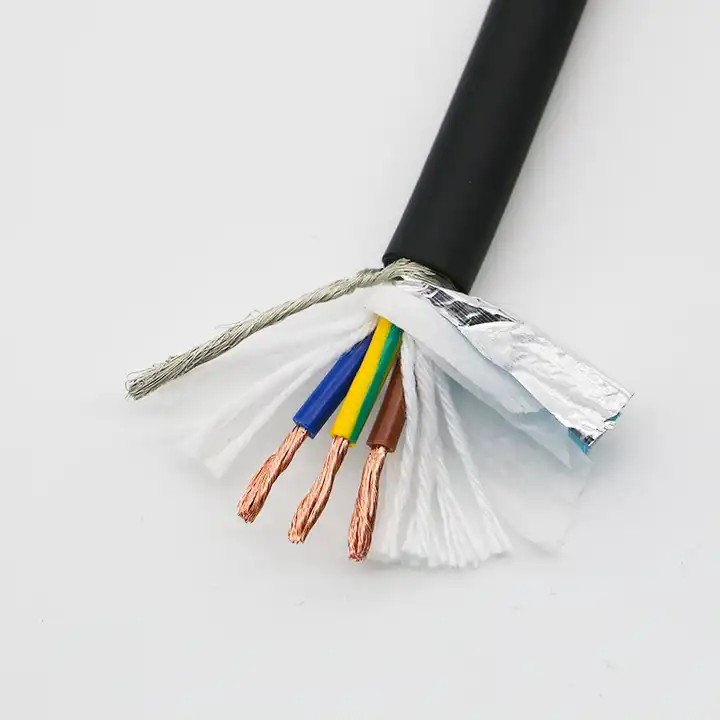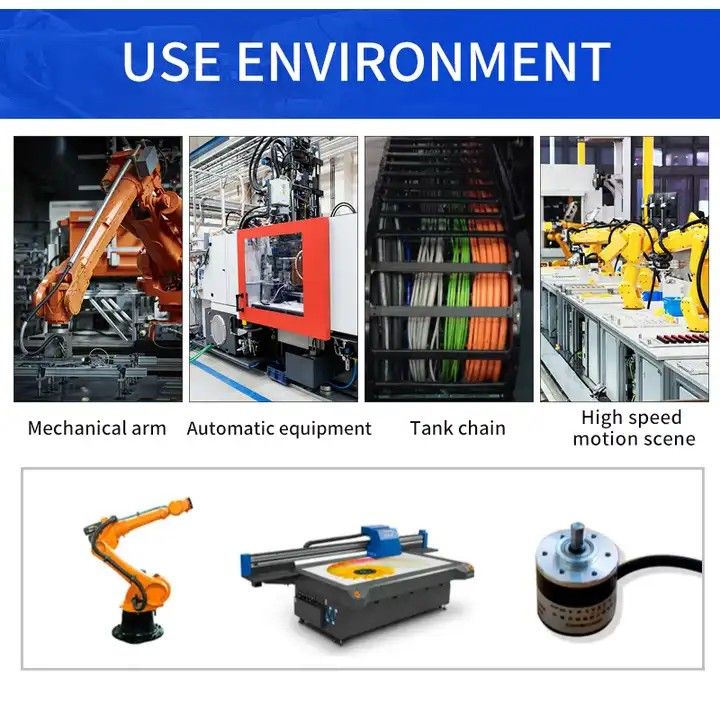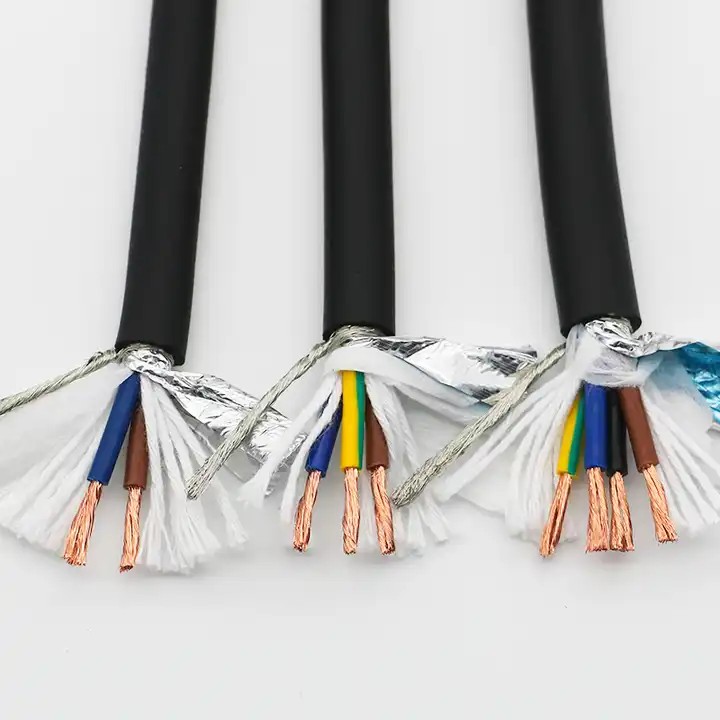Why Do High Flexible Ethernet Cables Last Longer?
Published:
2024-10-29 15:49:49
Discover the durability and flexibility of high flexible cables, ideal for industrial ethernet applications. TL-LINK high flexible cable solutions offer robust performance, while trusted flexible coaxial cable suppliers provide customized support for dynamic environments.
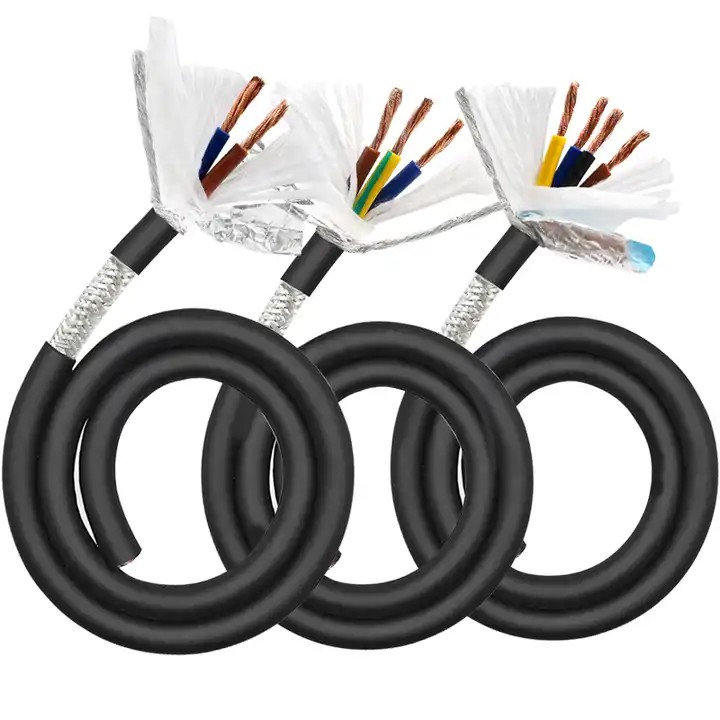
High flexible ethernet cables are increasingly popular for their durability and reliability, especially in industrial and commercial applications where equipment requires constant movement. Designed to withstand challenging environments, these cables provide both longevity and flexibility, making them a wise investment for many industries. This article will explore the key factors contributing to the durability of high flexible ethernet cables, focusing on the benefits of using high flexible cables, particularly in comparison to traditional ethernet cables.
1. What Are High Flexible Ethernet Cables?
High flexible cables, specifically designed for applications requiring repeated motion, combine robustness with the ability to bend and twist without compromising data integrity. For example, the TL-LINK high flexible cable is built to ensure seamless and consistent performance across various industrial setups.
These cables can handle more wear and tear compared to standard ethernet cables, making them suitable for complex environments like factories, warehouses, and automation settings where continuous movement is the norm.
2. Why High Flexible Ethernet Cables Last Longer
There are several reasons high flexible ethernet cables last significantly longer than their standard counterparts. Here’s a breakdown of the most critical features:
Enhanced Strain Relief
One of the most important aspects of a high flexible cable is its strain relief design. Strain relief is engineered to distribute any tension evenly across the length of the cable, reducing stress on specific areas that frequently bend or twist. In environments where cables connect moving parts of machinery, high flexible ethernet cables excel in preventing breakage and internal wire damage.
Resistant Insulation and Jacketing Materials
The durability of high flexible cables is also due to their advanced insulation and jacketing. Unlike regular cables, industrial ethernet cables utilize materials like polyurethane (PUR) or thermoplastic elastomer (TPE) that resist chemical exposure, extreme temperatures, and physical abrasion. These protective layers are essential in industrial settings where cables face contaminants, heat, and rough surfaces.
High-Cycle Flexibility
High flexible ethernet cables undergo rigorous testing to ensure they can handle a high number of bending cycles. Whereas a standard cable may fail after a limited number of twists, these cables are built to withstand millions of movements. This makes them ideal for automated systems, robotic arms, and other machinery requiring constant motion.
3. Benefits of High Flexible Cables in Industrial Applications
Industrial ethernet cables, especially those designed for high flexibility, are critical in environments where reliability and longevity are key. Here’s why high flexible cables are particularly beneficial in industrial applications:
Reduced Downtime: In settings where cables are subject to continuous movement, traditional cables would require frequent replacements, leading to operational downtime. High flexible cables, on the other hand, help minimize interruptions.
Cost Efficiency: Although initially more expensive, high flexible cables reduce the need for replacements and maintenance. With their extended lifespan, these cables save costs in the long run.
Improved Safety: In many industries, exposed or damaged cables can pose safety risks. Using durable, high flexible cables reduces the likelihood of wear-related hazards.
4. The Role of TL-LINK High Flexible Cable in Industrial Settings
Brands like TL-LINK provide high flexible cables specifically engineered for demanding industrial applications. These cables are designed to meet the exacting standards of industries where durability and performance are non-negotiable. The TL-LINK high flexible cable combines high-cycle performance with robust materials, ensuring that it withstands both environmental stressors and mechanical strain.
5. How to Choose a Reliable Flexible Coaxial Cable Supplier
Selecting the right flexible coaxial cable supplier is essential for ensuring that you receive high-quality, durable cables suited to your application. Key factors to consider include:
Reputation: Look for a supplier with a strong reputation in the industry and a proven track record for delivering high-quality cables.
Customization Options: Industrial applications often require cables with specific features. Ensure the supplier can offer customized solutions, including high flexibility, enhanced insulation, and chemical resistance.
Technical Support: Opt for a supplier who provides technical support and guidance in selecting the right cable type and specification for your needs.
6. Conclusion
High flexible ethernet cables are an invaluable asset in industrial and dynamic environments. Their design is focused on durability, high flexibility, and resistance to harsh conditions, contributing to their extended lifespan compared to standard cables. By choosing high-quality options like the TL-LINK high flexible cable and sourcing from reliable suppliers, industries can benefit from greater operational efficiency, reduced downtime, and long-term cost savings. Whether you need industrial ethernet cables or other types of high flexible cables, investing in quality products ensures durability and reliability in demanding applications.
https://zn-bio.com ;https://www.zwintelligent.com


